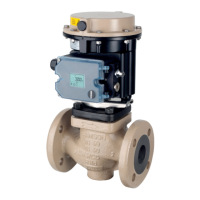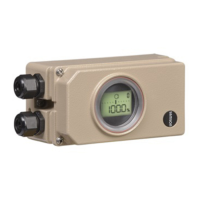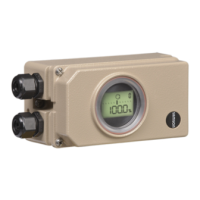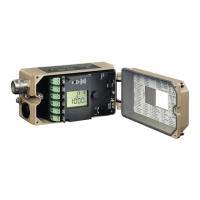EB 8389-1S EN 87
Full stroke test (FST)
13.1 Analysis and monitoring
The analysis of the last three full stroke tests
are saved with a time stamp in the FST mea-
sured data assessment folder.
Test completed successfully
When a full stroke test has been completed
successfully, the analyzed parameters are
displayed separately for the increasing and
decreasing characteristics.
Analysis of measured data (step response
test):
− 'Overshooting' (relative to the step
height) [%]
− 'Dead time' [s]
− 'T86' [s]
− 'Settling time' [s]
Analysis of measured data (ramp test):
− 'Overshooting' (relative to the step
height) [%]
The results of the rst full stroke test are used
as the reference measurement.
Note:
Changes in the diagnostic parame-
ters listed below affect the test. The
results of the next following full stroke
test is used as the new reference
measurement:
− 'Activate ramp function'
− 'Ramp time (increasing)'
− 'Ramp time (decreasing)'
− 'Waiting time after step change'
Test not completed
If the test was not completed, the reason for
cancelation is indicated in the corresponding
reading by the 'Failure' message. The posi-
tioner generates a 'PST/FST' message with
the selected status classication.
Diagnostics > Monitoring
− PST/FST status (Code 84):
, , ,
Note:
The 'No test available' status remains
active until a full stroke is completed
successfully.
13.2 Resetting single status mes-
sages
The diagnostic parameters of the full stroke
test are reset by selecting and executing the
command 'Reset FST parameters'. The mea-
sured data analysis and the 'PST/FST status'
message cannot be reset.
The positioner saves the measured data
analysis of the last three full stroke tests. The
analysis of the penultimate test is deleted
when another test is performed.
Diagnostics > Service/maintenance > Reset
− Reset 'FST parameters'

